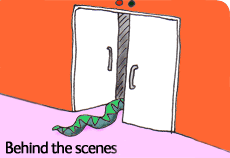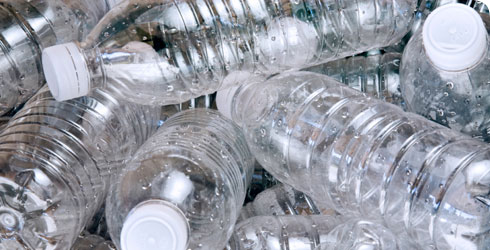Buying habits - food and other consumables
The Food Climate Research Network reports that almost 20% of the UK’s total greenhouse gas emissions are associated with the food and drink we consume. The emissions come not just from the food miles (carbon emissions associated with the transport of our food), but from every stage of the supply chain – growing, processing, distribution and waste.
Buy local
Buy seasonal local food from farmers markets and vegetable box schemes. Seasonal food generally has to be transported less and has a higher nutrient content due to its freshness.
Grow your own
You can grow your own food in an area as small as a window box. Contact your local authority about possible allotment space, or if you can’t find a growing space, find someone in your area with an unused garden or plot that you can use.
Buy organic
Organic farming uses less energy than intensive farming because it uses much less fertilisers and chemicals like pesticides, the manufacture of which creates greenhouse gases. Buy organic where possible and look out for the Soil Association certification label.
Eat less meat
According to the United Nations, livestock generate more greenhouse gases than transport, so eating less meat reduces your carbon footprint.
Less packaging and waste
Only buy what you need. A third of the food we buy in the UK is thrown away. Don’t buy over-packaged products, and don’t place loose items, such as vegetables, into separate plastic bags. Buy fresh food instead of frozen food, where possible, as frozen food uses 10 times more energy to produce. However, freezers are useful for storing extra food rather than throwing food away.
Take a reusable bottle or flask out with you instead of buying bottled water and beverages in disposable cups. If you do have to buy drinks then make sure you recycle the packaging.
Other consumables
All consumer items require energy throughout their life cycle, from the extraction of their raw materials, to their manufacture, distribution, sale, use and final disposal.
Buying less stuff, and buying long-lasting durable items, will save money and carbon emissions in the short and long term.
Buy second-hand, or even find stuff for free. If you don’t like what you’ve got, why not swap it? You can swap books, clothes and general goods.
Recycle everything you can - two thirds of household goods can be reused or recycled, reducing the carbon emissions from producing more goods.
Remember the 3 Rs - reduce, reuse and recycle.
Toolbox

There are 27 km of specimen shelves in the Darwin Centre - the same distance as between the Museum and Junction 6 of the M1.

